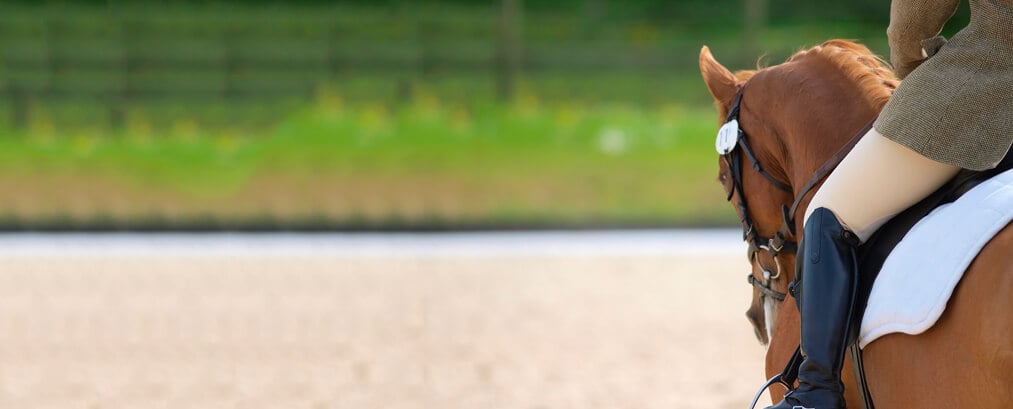Lots of barefoot horses benefit from the use of modern hoof boots, especially through the transitionary phase [after de shoeing] and sometimes beyond.
Hoof boots not only give total protection to the sole of the barefoot horse, but with the use of specialist pads inside the boots, replicate the support and feedback that the horse would receive when worked barefoot on good going, such as soft turf, sand or any other surface that offers solar support.

American dressage star She works with barefoot trimmer Sossity Gargiulo, who says that the latest ‘new generation’ of hoof boots enables Shannon’s newly barefoot horses to maintain their training routines. "The shoes can come off and the horse can be ridden the same day," Sossity says. Shannon’s horse Ravel used Easyboot Gloves for his front feet when transitioning (he remained shod behind initially) that were put on prior to training sessions, and removed afterwards. “The gloves have a tough rubber tread and a neoprene gaiter that fastens around the pastern, protecting the hoof while allowing it to expand and contract and adjust to the ground below,” says Sossity, who heat treats the boots for a close fit.
At Shannon and Steffen Peter's training barn in San Diego, Shannon has now taken 15 horses barefoot, from Training Level to Grand Prix. "The legs tighten up, they're freer in their shoulders, they're better in their movements and they're straighter," she says.
Hoof boots aren’t allowed in affiliated dressage, although as most classes are on a surface, most dressage fans with barefoot horses would not find this an issue - if you have a horse that requires hoof boot protection on an arena surface due to discomfort, it would be wise to discuss the horse’s hoofcare regime with your hoofcare professional before continuing to compete.
While hoofboots would technically be allowed in unaffiliated dressage, some judges may take a dim view of them as the rider moves up the levels, as they could be seen to affect the animal’s action. However, if you have hacked to an unaffiliated venue to contest a low-level dressage competition and will be hacking home, it is unlikely that the judges will mind your hoof boots. It makes sense in this situation to chat to the judge or steward, and explain that you’d like to keep your hoof boots on. Furthermore, if your horse is recently transitioning, the types of arenas with hard, large lumps of rubber could cause discomfort, and hoof boots would aid his comfort. Similarly, you may want to use hoof boots prevent sand from a ménage getting into a recovering deep central sulcus infection, or other sore area of the foot, and again a quick explanatory word with the steward would be fine.
For affiliated competitions, in terms of the rules, it would be fine to warm up in your hoof boots and remove them just before you went into the ring - this could be beneficial if, for example, the car park at the venue is very pebbly (some venues are said to have undesirable surfaces to discourage owners from letting their horses defecate there!). There could even be a potential theory that warming up in boots and then removing them would allow the horse to really beneficially express his paces once in the dressage test.












